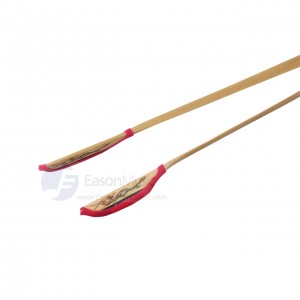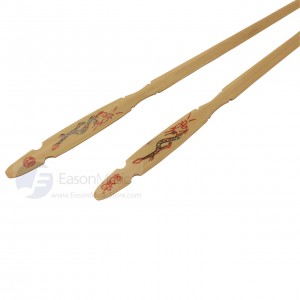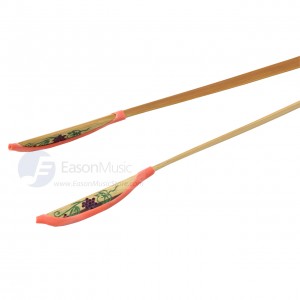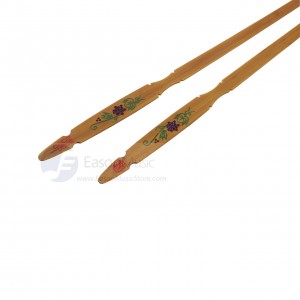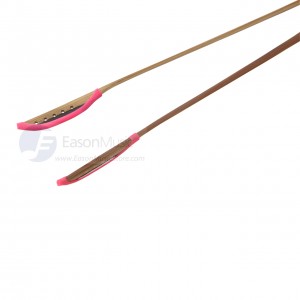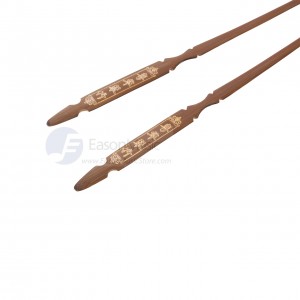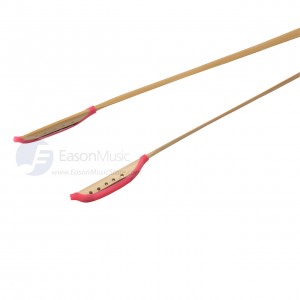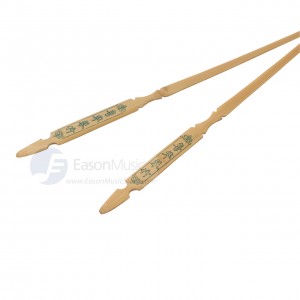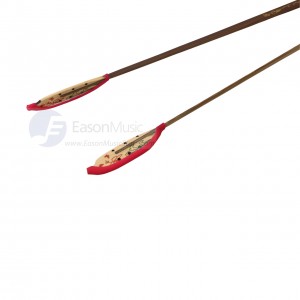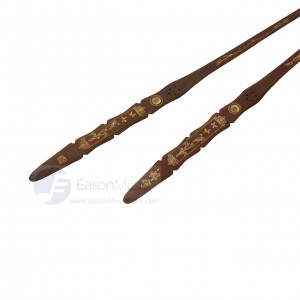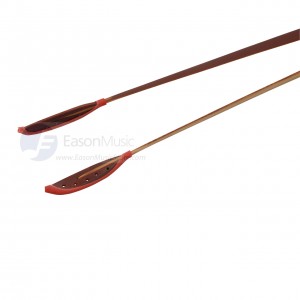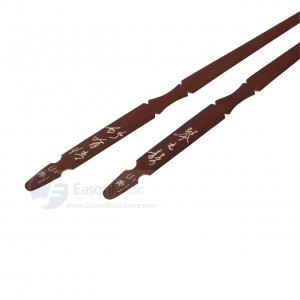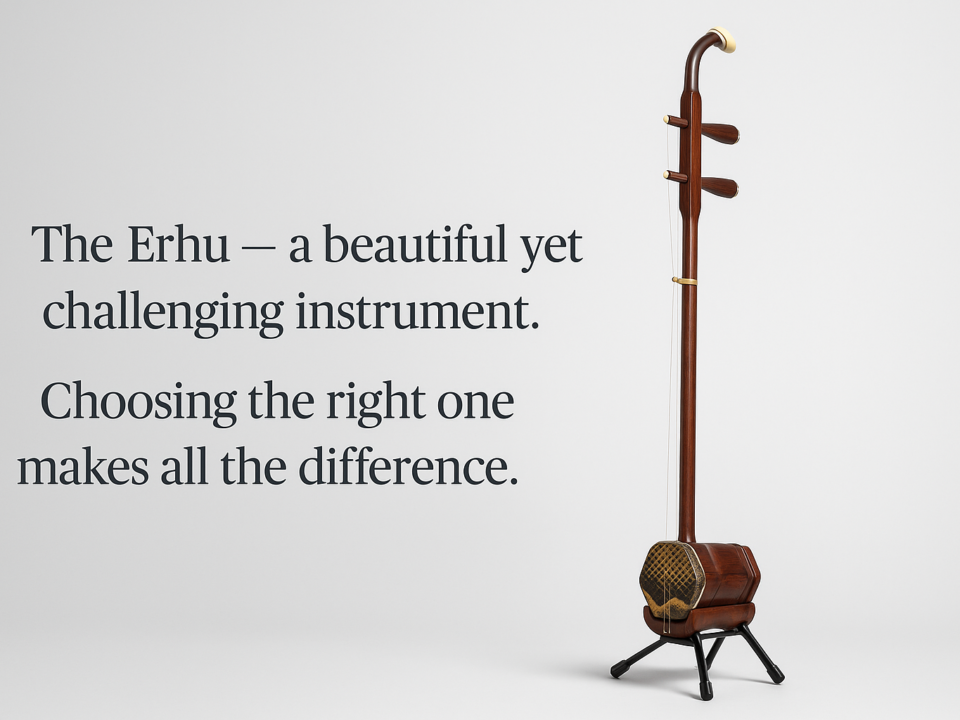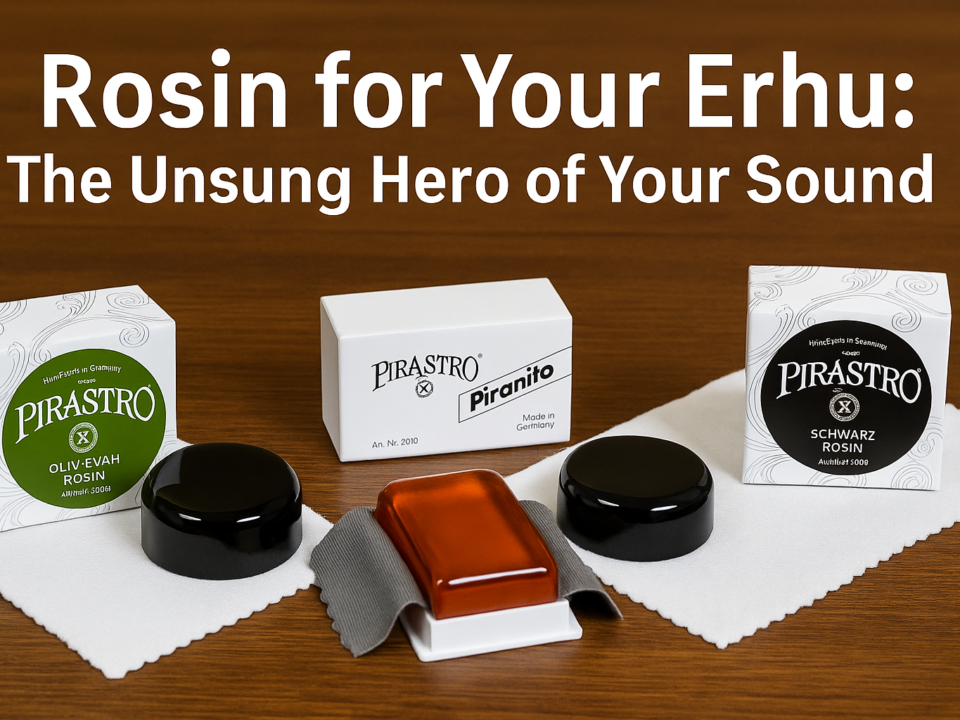What Key(s) Of Dizi Should An Amateur Get?
October 19, 2016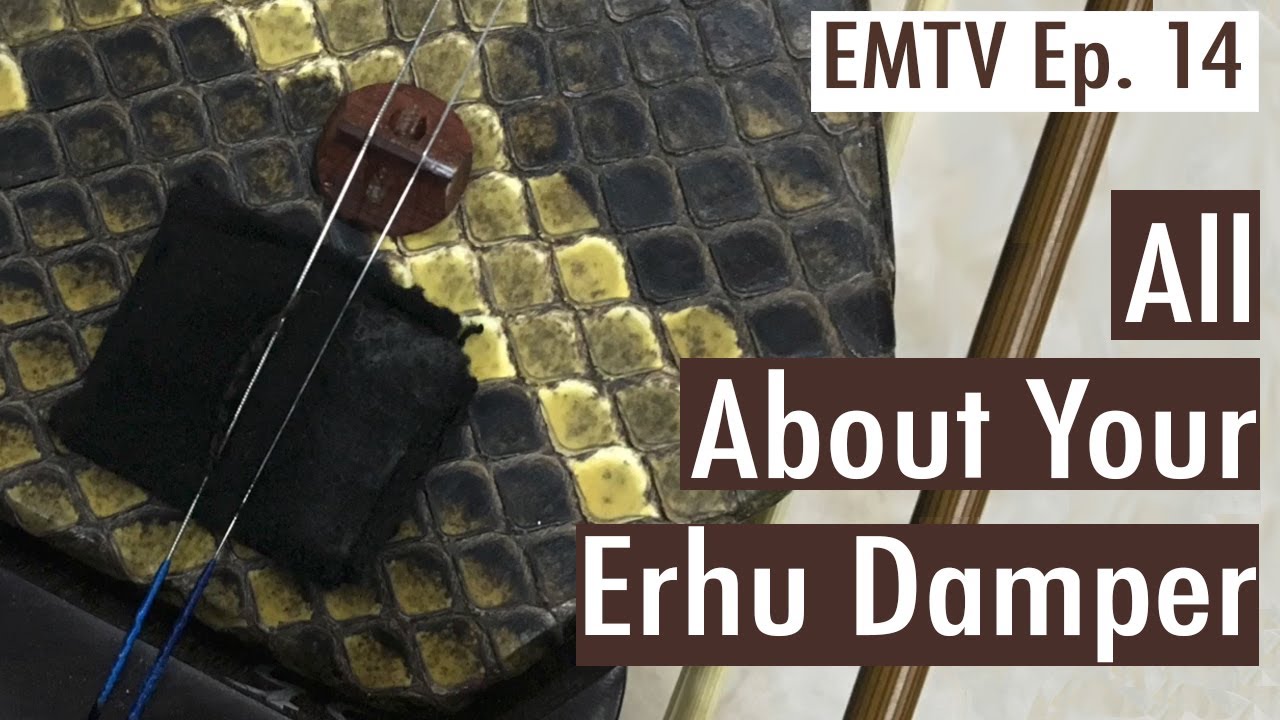
All About the Erhu Damper / Dampener
January 18, 2017Different Types of Yangqin Beaters (Qinzhu)
Have you ever wondered why Yangqin beaters (qinzhu) come in various designs? This is one of the biggest queries beginners have – they often find themselves faced with a multitude of choices, but were unsure about the differences between them.
Luckily, we have a Yangqin expert in the house who not only is skilled in repairing/tuning Yangqins, but also knows a thing or two about Yangqin beaters and rubbers. We asked him to test out all our beaters and got his comments. So here were our findings. Hope this helps you to make an informed choice when purchasing our Yangqin beaters (qinzhu)!
On a whole, you may be relieved to know that there isn’t a particular model that stands out for being particularly bad. However, dependent on your ability, taste and repertoire choice, there are various types that you will prefer over others. Qinzhus with big heads produce a more solid sound; however, the resonance produced takes time to dissipate, and may interfere in the execution of fast passages. Qinzhus with a bigger body are easier to control and are more stable when playing; however, this could work against those aiming for greater flexibility.
Here is a non-comprehensive list of common qinzhu models (we do bring in different brands from time to time as well):
The Bailong (白龙, Bái lóng) model has an average-sized body, with a big head (yet, it is not too heavy). It is flexible and highly sensitive, greatly suited towards execution of rapid passages as it is easy to control.
Click here to buy Bailong qinzhus!
The Putao (葡萄, Pú táo) model has an average-sized body, with a big head that tends towards being heavy. Slightly stiff but still flexible, it is highly sensitive and produces a robust sound. It is capable of strong, impactful performances.
Click here to buy Putao qinzhus!
The Yuehua Hei (粤华黑, Yuè huá hēi) model features a slender body, with a big head that tends towards being heavy. Slightly stiff but still flexible, it is of decent sensitivity, with a strong staccato-like bounce.
The Yuehua Bai (粤华白, Yuè huá bái) model features a slender body (though lighter in weight than the Yuehua Hei model), with an average-sized head. Flexible, it is of decent sensitivity and greatly suited towards execution of rapid passages, as it is easy to control.
The Tian Weining (田伟宁, Tián wěi níng) model features a slender body, with a big head (yet, it is not too heavy). Flexible (though tending towards being soft), it is highly sensitive and greatly suited towards execution of rapid passages, as it is easy to control.
The Li Xiaogang (李小钢) model has an average-sized body, with a big head (yet, it is not too heavy). It is flexible and on a whole, an all-rounded model.
Do try out various models for yourself and determine which suits you best!
Prefer to see how these differences translate into sound? Check out our video below:


